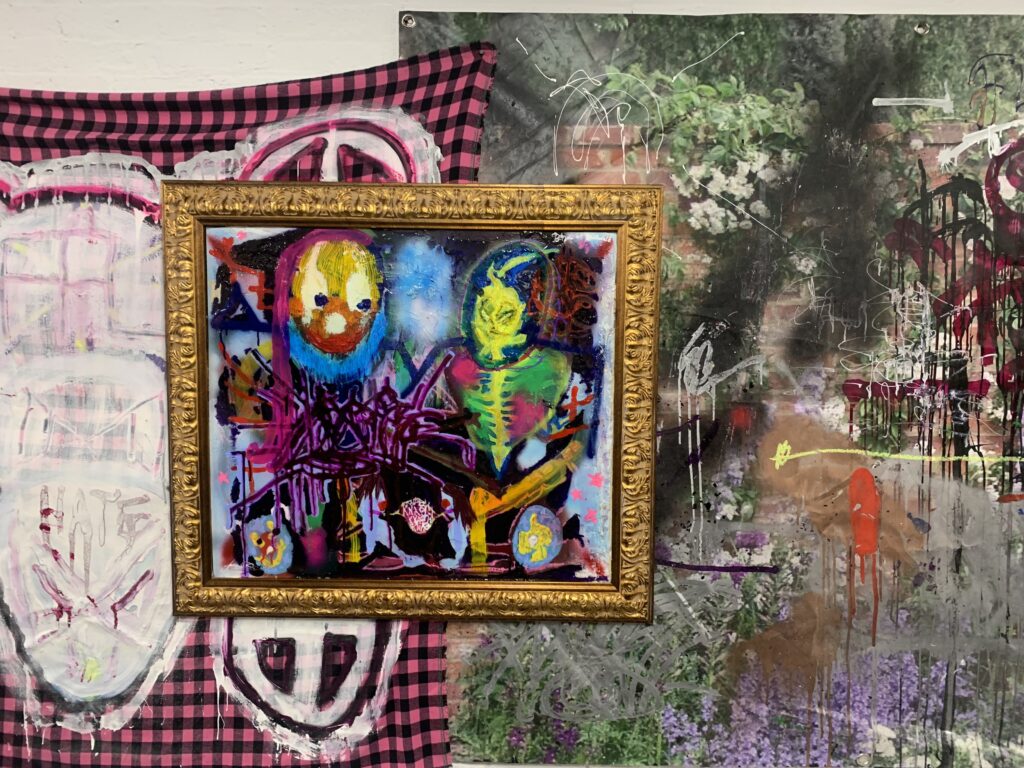Nearly two months ago, a pandemic-era policy that prevented states from dropping ineligible people from Medicaid ended. Now, we’re starting to see the fallout. According to a recent New York Times report, hundreds of thousands of low-income people have already lost their health insurance, including those who may still qualify for coverage but appear to have been booted for “procedural reasons,” like failing to turn in paperwork.
At the start of the pandemic, the policy was initially created under the First Coronavirus Response Act, allowing families to preserve their insurance under Medicaid even if they hadn’t filed the necessary forms to re-enroll. As I’ve previously reported, the program saw 20.2 million new recipients over the course of two years, according to the Kaiser Family Foundation. Since the program’s expiration at the end of March, states have begun checking Medicaid eligibility once again, requiring households to file paperwork in order to verify their eligibility.
While a definite total of those who’ve lost coverage is currently unknown, nineteen states have already begun the process of purging people from the health insurance program. Arkansas, one of the first states to start ending coverage, has already stripped at least 73,000 people of their insurance, including 27,000 children, reports the Times. Unlike other states, Arkansas has aimed to do this at a quicker rate—planning to get it done in only six months, instead of the year president Biden has allotted. In a Wall Street Journal op-ed, Gov. Sarah Huckabee Sanders framed the process as necessary in order to “preserve resources for those who need them and follow the law.”
Other states, like Florida and Indiana, have also terminated a large number of people’s coverage for simple procedural reasons like failing to turn in paperwork to prove their eligibility. The Times notes that many of those who have lost coverage are children.
Copyright
© Mother Jones






